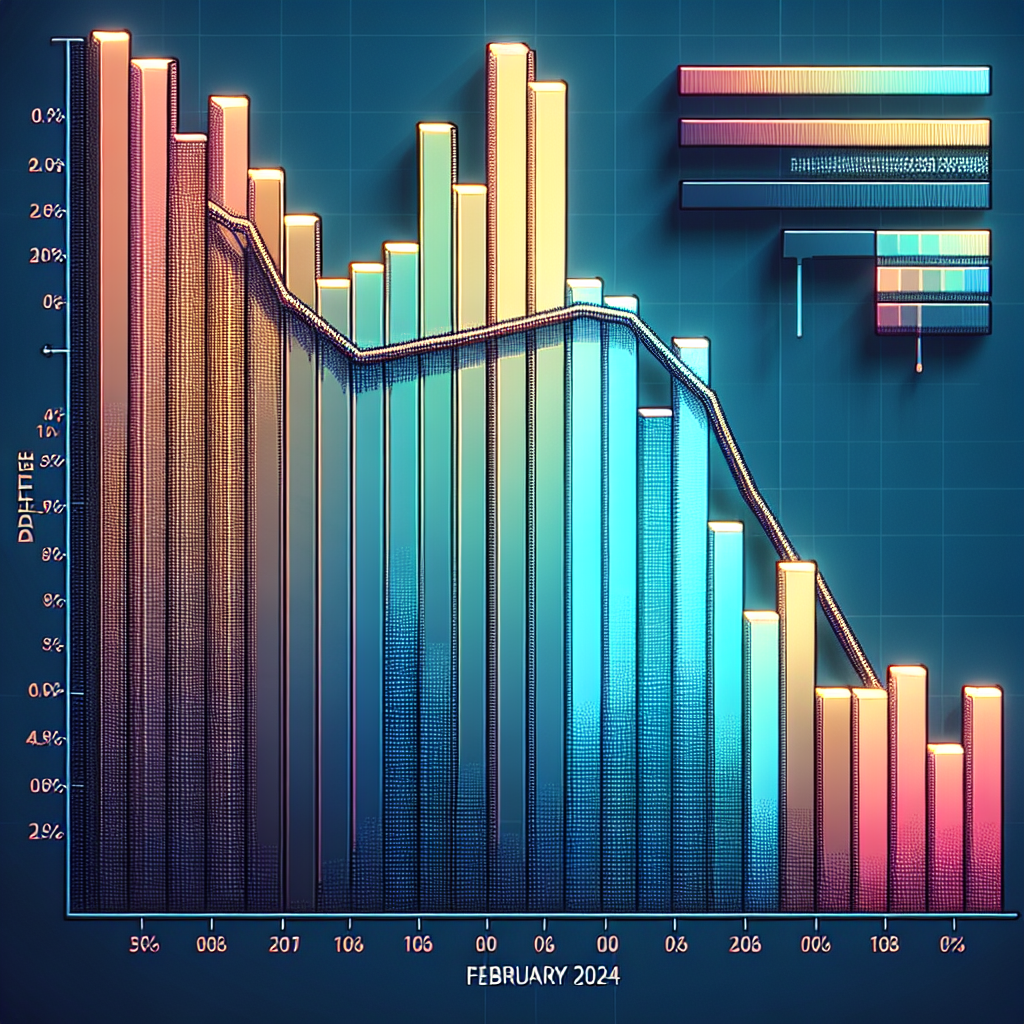
- ORIGINAL NEWS
Deflation: Here’s where prices fell in February 2024 — in one chart
- SUMMARY
Inflation is still a concern, with prices rising faster than the desired rate set by the Federal Reserve.
However, there are some categories where prices are actually decreasing, providing some relief to consumers.
One notable example is egg prices, which have plummeted by 17% in the past year due to an increase in supply following an avian flu outbreak that caused shortages.
Other categories experiencing significant declines include health insurance (19.7%), laundry equipment (11.3%), and car and truck rentals (10%).
The pandemic also played a role in price decreases for goods and services that were popular during the lockdowns.
Categories like televisions, furniture, airline fares, and hotel rates have seen a decline as spending patterns shifted.
While inflation remains a challenge, it’s important to note that not all prices are increasing.
Some categories are experiencing deflation, where prices are falling.
This process is known as disinflation, indicating a slowdown in the rate of price increases rather than a complete reversal to pre-pandemic levels.
Experts caution that prices are unlikely to return to pre-Covid levels entirely due to rising wages and salaries.
While the Federal Reserve aims to bring inflation closer to its target of 2%, the path toward that goal is expected to be gradual, and core inflation, which excludes food and energy sectors, remains elevated.
Globally, inflation rates vary significantly.
Some countries, like Argentina, are facing extremely high inflation, while the U.S. is experiencing more modest levels.
Individuals in countries with high inflation often take measures like converting currency or investing in short-term interest-earning accounts to mitigate the impact of rising prices.
- NEWS SENTIMENT CHECK
- Overall sentiment:
neutral
Positive
“Egg prices are an example of “deep deflation” — where prices are falling dramatically, Aleman said.”
“Real wages — defined as wages adjusted for inflation — are higher overall today than they were in 2019.”
Negative
“The U.S. is still grappling with higher inflation, government data released this week shows.”
“It is reasonable that people continue to be frustrated by high prices, House said.”
